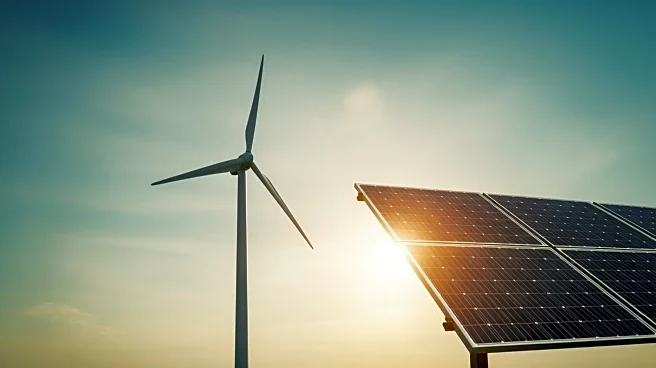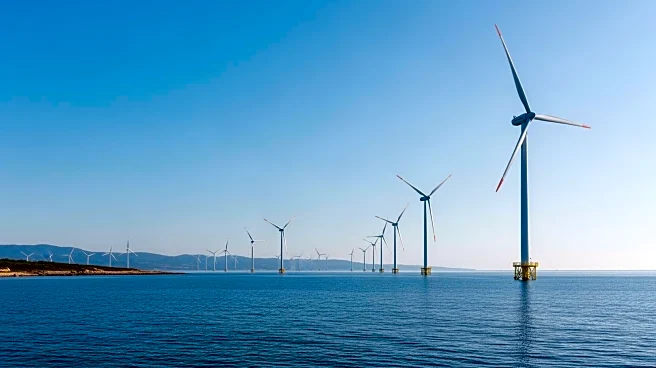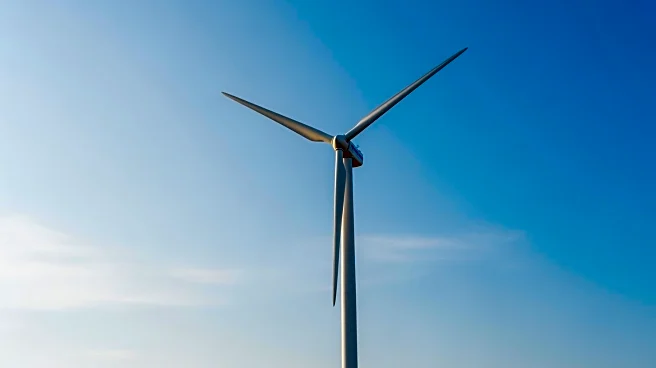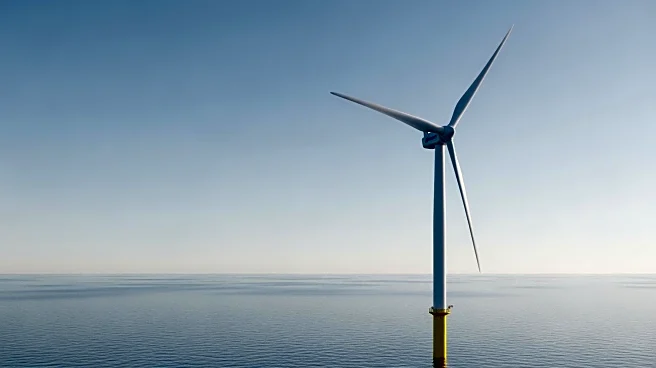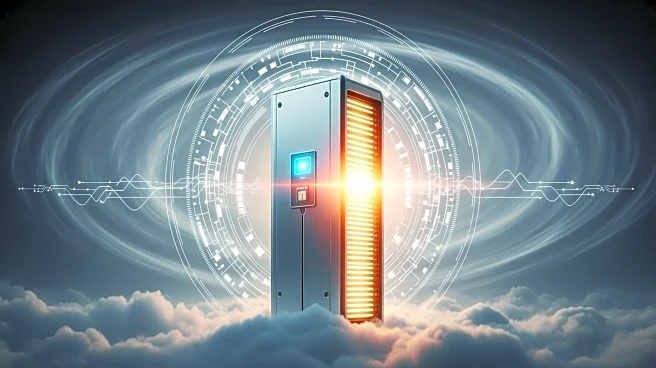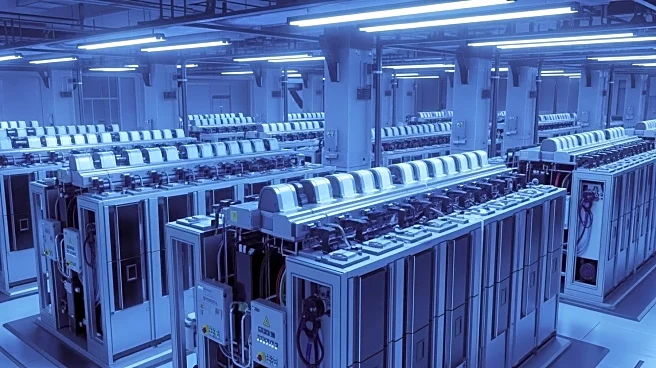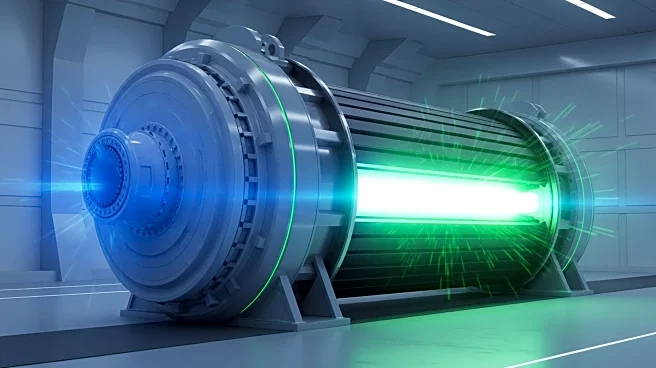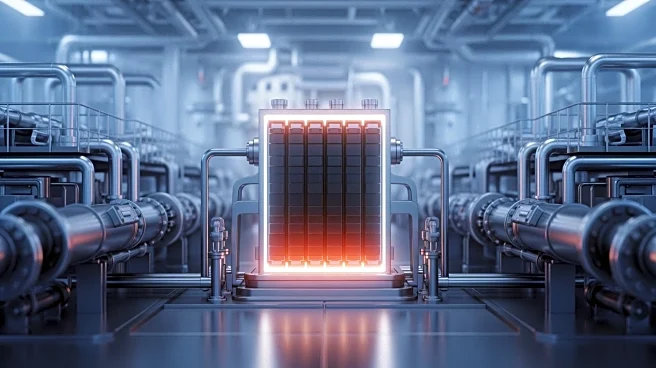What's Happening?
The renewable energy market is experiencing a significant shift from hydropower to wind and solar energy, according to recent findings. This transition is affecting the issuance and demand for Guarantees
of Origin (GOs), which are electronic documents certifying that a certain amount of energy was produced from renewable sources. The European market for GOs has seen a structural oversupply in the past, but recent trends indicate a more balanced supply and demand. The shift towards non-dispatchable, variable renewable energy sources like wind and solar is leading to discrepancies in the temporal matching of green electricity supply and demand. This is particularly evident under stricter temporal matching requirements, where supply often falls short of demand, especially during night hours when solar energy is unavailable.
Why It's Important?
The shift towards wind and solar energy has significant implications for the renewable energy market and green electricity claims. As the demand for green electricity increases across various sectors, the ability to match supply with demand becomes crucial. The growing reliance on variable renewable energy sources poses challenges for ensuring consistent green electricity supply, particularly during periods of low production. This could impact corporate and residential consumers who rely on GOs to report zero emissions for their electricity consumption. The need for more granular temporal matching could lead to increased costs for making green electricity claims, potentially affecting market dynamics and consumer willingness to pay.
What's Next?
As the EU aims to become climate neutral by 2050, the expansion of wind and solar capacity is expected to continue. This will likely exacerbate the day-night disparities in green electricity supply, as solar energy cannot address nighttime shortages. The renewable energy market may need to explore alternative solutions, such as increased wind generation or energy storage systems, to address these mismatches. Additionally, stricter temporal matching requirements could lead to market dropouts if the costs of green electricity claims exceed consumer willingness to pay. Policymakers and industry stakeholders will need to consider these factors as they plan for future energy scenarios.
Beyond the Headlines
The transition towards wind and solar energy highlights the need for innovative solutions to manage the variability of these sources. The growing day-night disparity in green electricity supply underscores the importance of developing energy storage technologies and demand-side management strategies. As the market evolves, there may be opportunities for new technologies and business models to emerge, addressing the challenges of temporal matching and ensuring a reliable green electricity supply.
